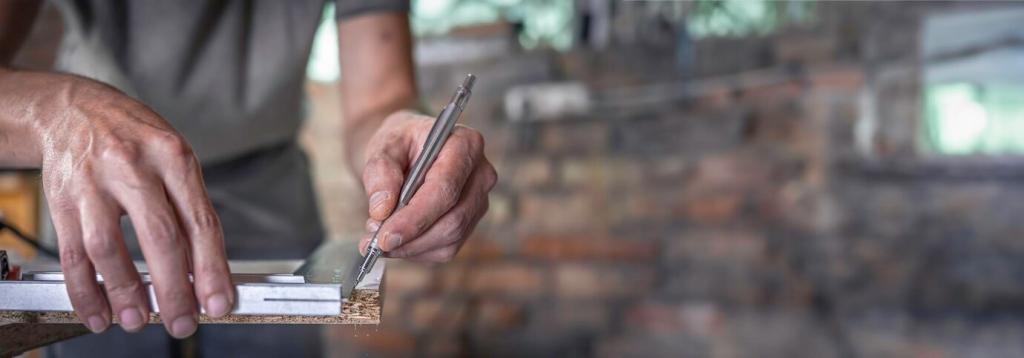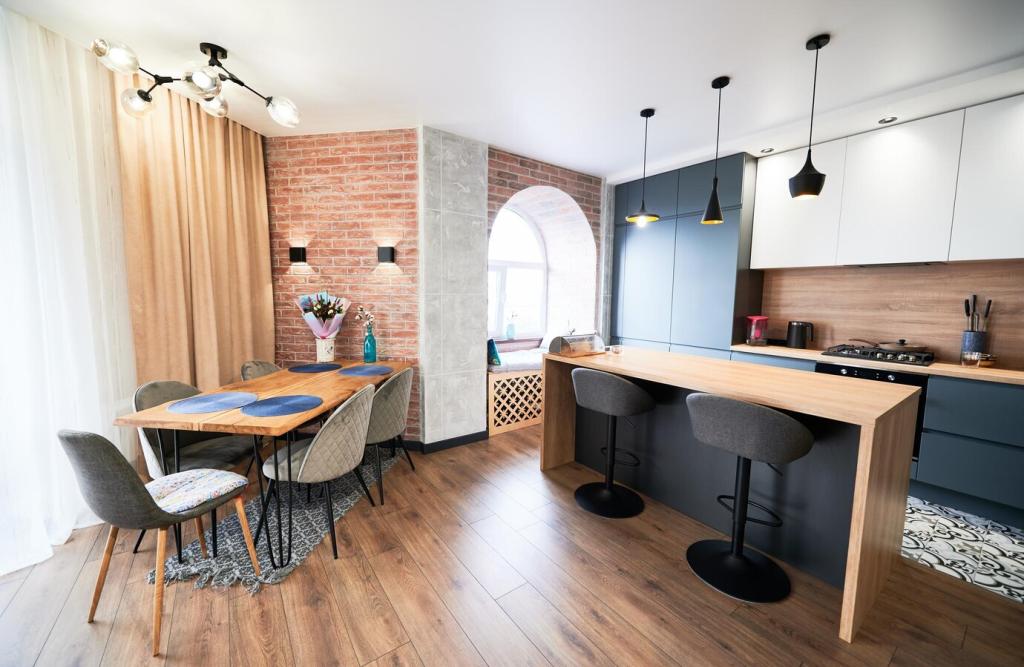Inserts and Fillings: Loft, Feel, and Fit
Down and feather inserts drape luxuriously, while polyester holds a firmer, allergy-friendly shape. Foam is supportive for lumbar pillows. As a rule of thumb, pick an insert 2 inches larger than the cover for a plump fit—your 20-inch cover will love a 22-inch insert.
Inserts and Fillings: Loft, Feel, and Fit
If you like the famous “karate chop,” down blends deliver easily; polyester can be massaged to relax. Fluff inserts weekly, rotate their position on the sofa, and air them out in sunshine. I once overfilled a pillow and learned comfort beats stiffness every single movie night.






